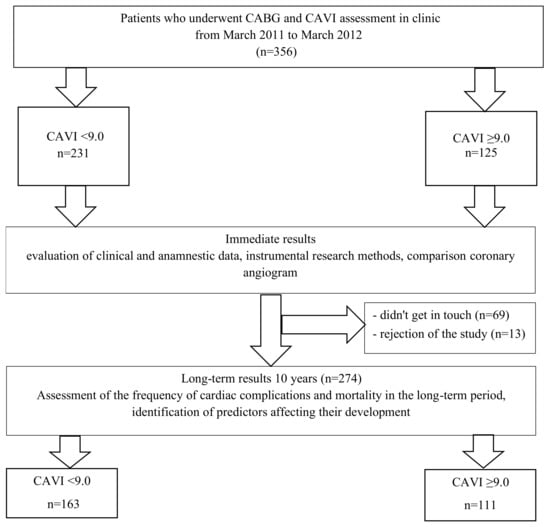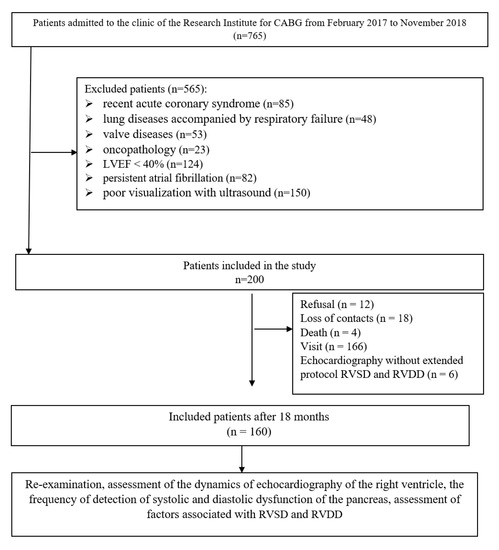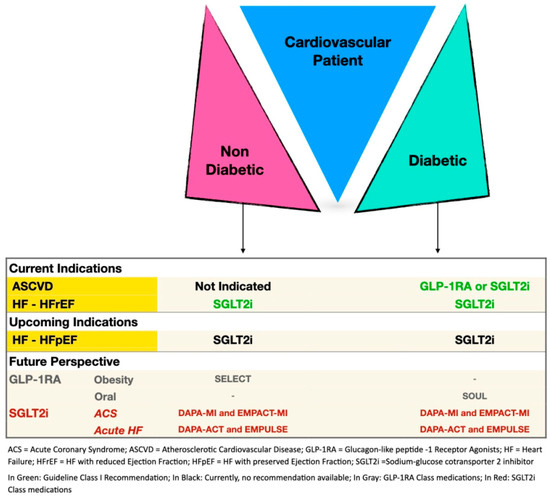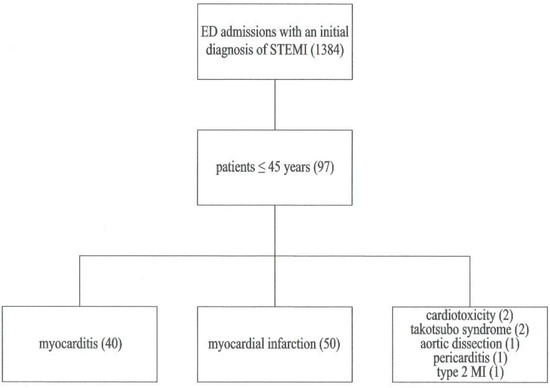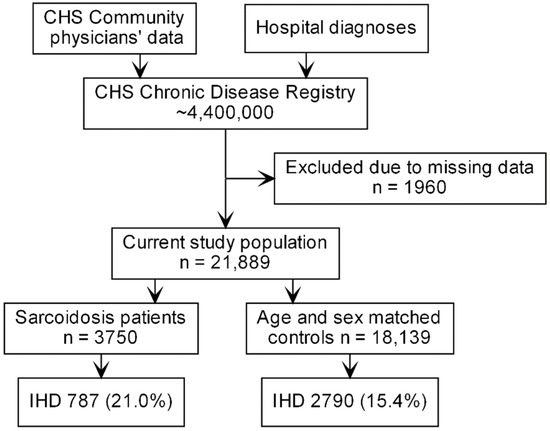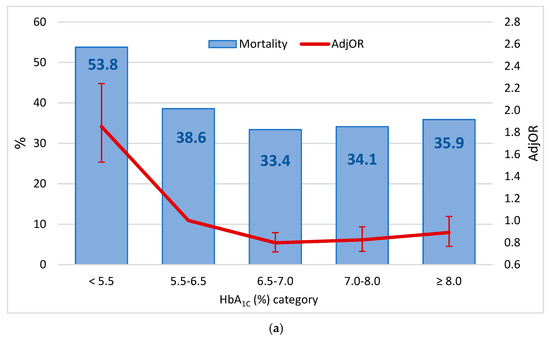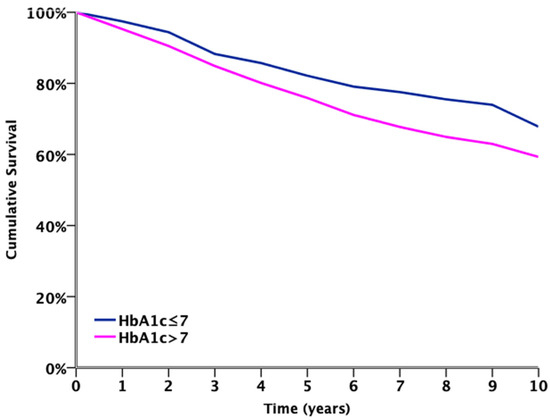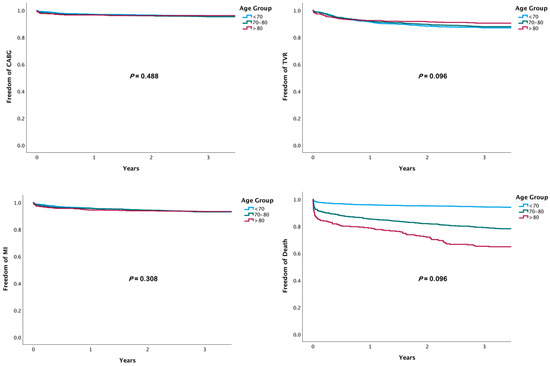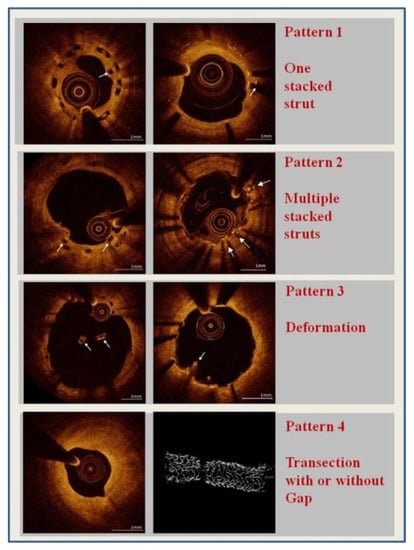Current Clinical Treatments and Challenges for Coronary Artery Disease (CAD) (Closed)
A topical collection in Journal of Clinical Medicine (ISSN 2077-0383). This collection belongs to the section "Cardiovascular Medicine".
Viewed by 36363Editor
Topical Collection Information
Dear Colleagues
Cardiovascular diseases and, especially, coronary artery disease (CAD) remain a leading cause of death worldwide. Throughout the past few decades, dramatic improvements in noninvasive diagnostic modalities as well as medical and interventional treatments for patients with coronary artery disease have occurred. Moreover, the paradigm of “evidence-based cardiovascular medicine” has been widely adopted, driving high-quality clinical trials and the incorporation of their results into international clinical guidelines. The constant and rapidly occurring changes are leading to better patient care and outcomes.
I am excited to serve as the Guest Editor for a Special Issue of the Journal of Clinical Medicine dedicated to Current Clinical Treatments and Challenges for CAD. We would like to invite state-of-the-art reviews, as well as original research, in this area to be considered for inclusion in this issue. Such manuscripts could focus on the prevention of CAD (particularly, new treatments for risk factors), novel risk factors, the diagnosis of CAD (advanced coronary imaging), the interventional treatment of CAD (percutaneous and surgical, multivessel disease, and complex coronary interventions), medical therapy postintervention (antiplatelet/anticoagulation), risk stratification, and more.
Dr. Arthur Shiyovich
Guest Editor
Manuscript Submission Information
Manuscripts should be submitted online at www.mdpi.com by registering and logging in to this website. Once you are registered, click here to go to the submission form. Manuscripts can be submitted until the deadline. All submissions that pass pre-check are peer-reviewed. Accepted papers will be published continuously in the journal (as soon as accepted) and will be listed together on the collection website. Research articles, review articles as well as short communications are invited. For planned papers, a title and short abstract (about 100 words) can be sent to the Editorial Office for announcement on this website.
Submitted manuscripts should not have been published previously, nor be under consideration for publication elsewhere (except conference proceedings papers). All manuscripts are thoroughly refereed through a single-blind peer-review process. A guide for authors and other relevant information for submission of manuscripts is available on the Instructions for Authors page. Journal of Clinical Medicine is an international peer-reviewed open access semimonthly journal published by MDPI.
Please visit the Instructions for Authors page before submitting a manuscript. The Article Processing Charge (APC) for publication in this open access journal is 2600 CHF (Swiss Francs). Submitted papers should be well formatted and use good English. Authors may use MDPI's English editing service prior to publication or during author revisions.
Keywords
- Diagnosis of CAD (e.g., imaging modalities)
- Prevention of CAD
- Risk stratification
- Complex, interventional treatments
- Medical therapies
- Innovation






